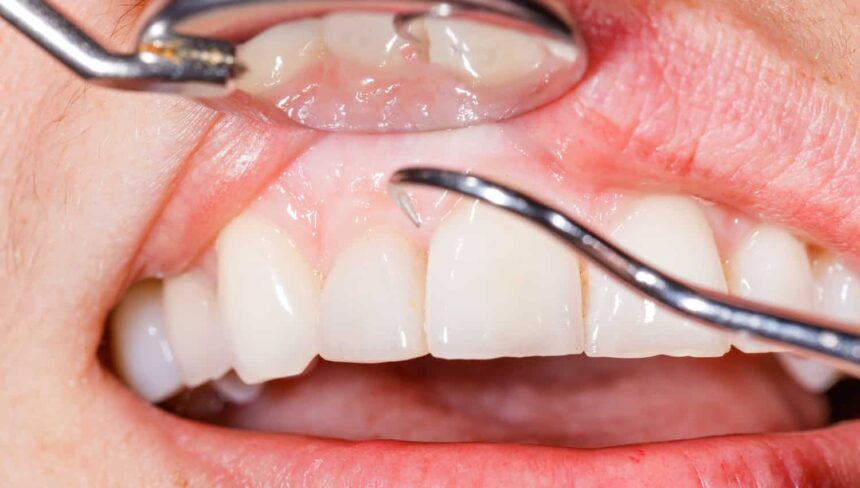Gum disease affects many American adults, making gum treatments a beneficial aspect of dental care. These specialized procedures address various periodontal conditions that can compromise oral health and overall well-being. Understanding gum treatments can help patients make informed decisions about their dental care and recognize when professional intervention becomes necessary.
What Are Gum Treatments?
Gum treatments refer to dental procedures that address diseases and conditions affecting the gums and supporting structures of the teeth. These treatments range from non-surgical interventions to more involved surgical procedures. The primary goal is to eliminate infection, reduce inflammation, and restore healthy gum tissue.
Non-surgical gum treatments include scaling and root planing, also known as deep cleaning. This procedure removes plaque and tartar buildup below the gum line, smoothing root surfaces to promote healing. Surgical treatments may involve osseous surgery or bone grafts for more advanced cases. The type of treatment recommended depends on the extent of gum disease, the patient’s overall health, and their response to initial therapy.
What Conditions Do They Treat?
Gum treatments address several periodontal conditions, with gingivitis and periodontitis being the most common. Gingivitis represents the earliest stage of gum disease, characterized by inflammation, redness, and bleeding of the gums. This condition typically responds well to professional cleaning and improved oral hygiene practices.
Periodontitis occurs when gingivitis progresses and affects the deeper supporting structures of the teeth. This condition involves the formation of pockets between the gums and teeth, where bacteria accumulate and cause further damage to the surrounding tissue. Advanced periodontitis can lead to bone loss, tooth mobility, and eventual tooth loss without proper treatment.
Other conditions treated include gum recession, where gum tissue pulls away from the teeth, exposing root surfaces. Aggressive periodontitis affects younger patients and progresses rapidly without timely intervention. Some treatments also address aesthetic concerns related to gum appearance, such as uneven gum lines or excessive gum tissue.
What Does the Process Involve?
The gum treatment process begins with a comprehensive periodontal examination. The dentist measures pocket depths around each tooth and takes X-rays to assess bone levels. This evaluation determines the extent of disease and guides treatment planning.
Non-surgical treatment typically begins with scaling and root planing. The procedure involves removing bacterial deposits from tooth surfaces and root surfaces below the gum line. Surgical procedures involve more complex steps and may require specialized techniques. The dentist creates small incisions to access deeper areas of infection and may place bone grafts to promote healing.
What Are the Benefits?
Gum treatments offer significant benefits for both oral and systemic health. The primary benefit involves halting the progression of gum disease and preventing further damage to gums and supporting bone structures. Successful treatment can save teeth that may otherwise require extraction.
Patients may experience reduced bleeding, swelling, and discomfort following treatment. Bad breath associated with gum disease typically improves as bacterial levels decrease and gum health is restored. The aesthetic appearance of the gums may also improve, contributing to a healthier smile.
Visit a Dentist Today
Gum treatments play an integral role in maintaining oral health and preventing serious complications associated with periodontal disease. Regular dental examinations allow for the prompt identification of gum problems before they progress to advanced stages. Contact your dental professional to schedule a periodontal evaluation if you notice signs of gum disease, such as bleeding, swelling, or persistent bad breath. Taking action now can preserve your natural teeth and contribute to better overall health outcomes.














